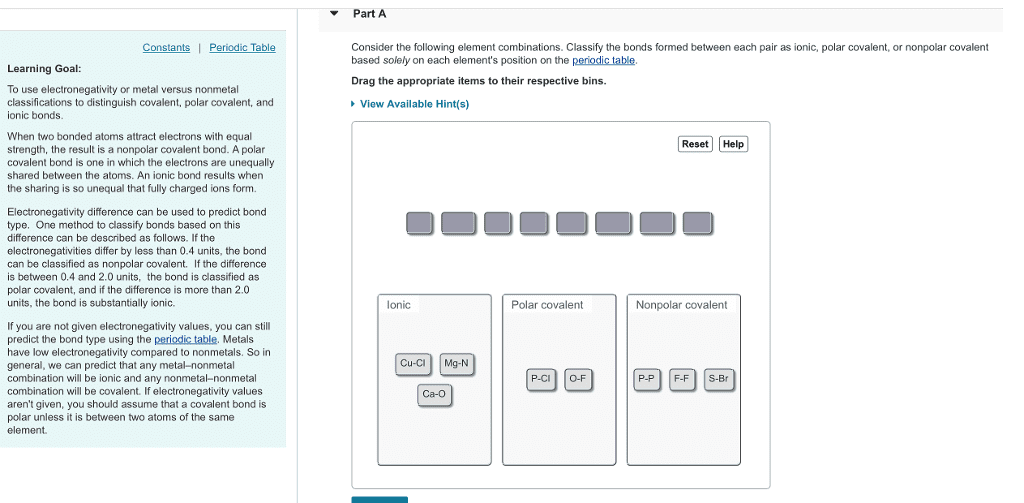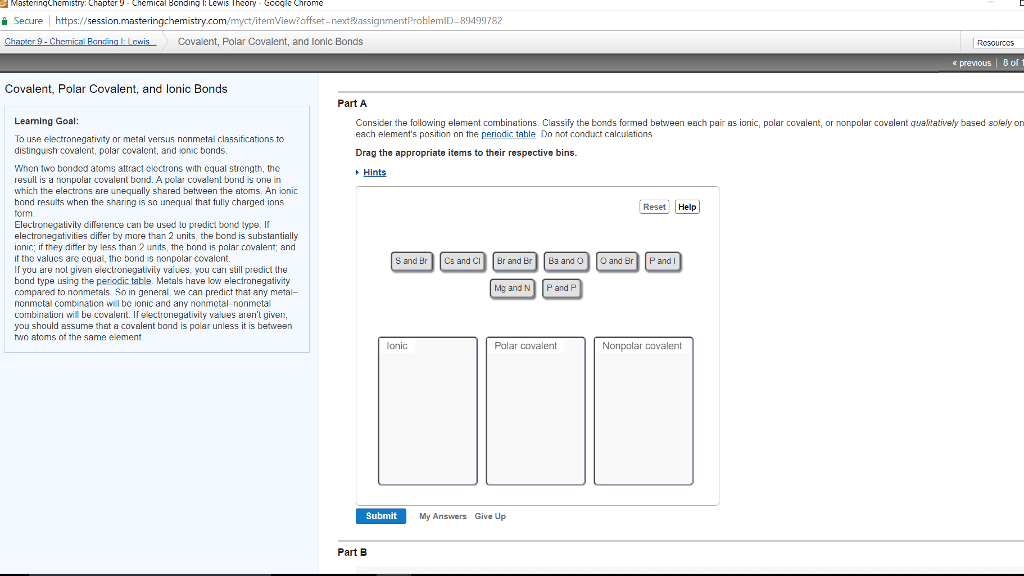CHM 1020 Lecture Notes - Lecture 7: Noble Gas, Lewis Acids And Bases, Lewis Structure
Document Summary
Atoms form bonds when the interactions between its particles lead to an overall net reduction in potential energy. Ionic bonds occur between a metal and a nonmetal. Metals have low ionization energy and tend to loose electrons forming cations. Nonmetals have high ionization energy and tend to gain electrons forming anions. In ionic bonds, oppositely charged ions attract each other, where electrons are transferred from the metal to the nonmetal. Covalent bonds occur between two or more nonmetals. Due to the high ionization energy of nonmetals, neither would transfer electrons. The electrons are delocalized over the metal, rather than localized on a single atom, electron sea model. The metal atoms release their valence electrons to be shared as a pool by all the atoms/ions in the metal. The innermost electrons are known as the core electrons. The outermost electrons are known as valence electrons. When chemical react, only their outermost electrons are involved in the reaction.



